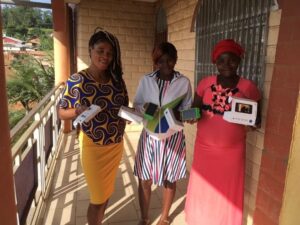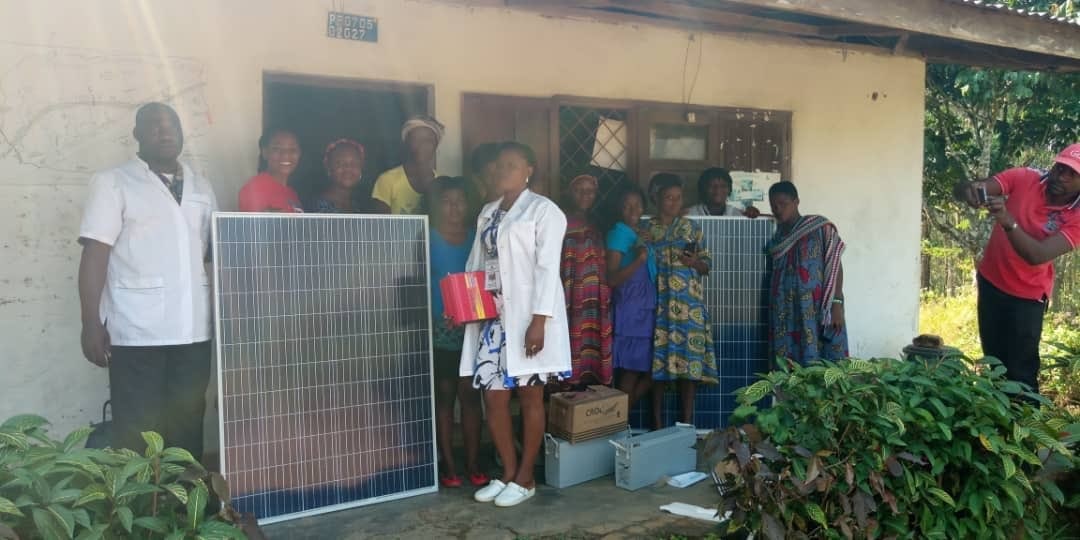Despite available natural resources to generate electricity in most part of Cameroon, electricity remains a huge challenge with very poor electricity supply and power structures. In Cameroon, midwifes and nurses have reported how they use kerosene lamps (commonly called bush lamps) and torch light during skilled birth deliver–especially in rural and hard-to-reach communities. This practice of using kerosene lamps and torch light is not only common in rural areas, but also in some urban areas. Health facilities have limited generators to run the maternity and health centers at large. Sometimes, generators are not functional, and the cost of running is a challenge. In addition, women during emergencies, are unable to reach out for help because they have limited power and sometimes, they will need to walk several kilo meters before charging their phones. The use of kerosene lamps also increases in-door pollution and can put pregnant women at risks of having low birth weight babies.
Our formative study for BornFyne found that health providers in remote rural areas reported the practice of skilled birth delivery in the dark as one of their main challenges during delivery. They get worried once they receive a call or notification in the night that a woman is in labor. This worry is not because of the emergency of the labor incident, but because the incident is taking place in the night.”Once night falls, our prayer is that no woman should get to the state of labor or emergency that could result in delivery”.

Bornfyne project donating solar system to Wosing Health center as part of the project-a remote rural health centre in Bali in the North west region of Cameroon
Health providers still wonder how they survived taking births in the night, they say it is a herculean task and a disturbing situation, and always pray that labour or other emergency obstetrics conditions should spare them the nights. With support from Grand Challenges Canada, the Wosing health center and the community at large received a complete solar system to run their health center under the BonFyne-PNMS project.
Wosing has a population of about 4000 inhabitants, the solar panel has help to reduce the cost of care, for example, the cost of laboratory tests has reduced because it is now being run within the health facility which initially was run in other health facility due to the absence of electricity supply, hence increase cost on the patient. This reduced rate does not only apply to laboratory test related to maternal and child health services, but also other laboratory test in this health center. In addition to the solar system, up to 140 pregnant women received solar chargers as support from the World Solar Fund.
Solar systems are critical in resource challenge settings to help run the health centers and maternity. Especially as most areas in Cameroon and Africa are very remote, and the sun is not only abundant but also free–with the rise of cyber health technology, which is revolutionizing maternal health services in most sub-Saharan Africa, solar system and chargers becomes the fastest and/or cheaper way to bring light into the lives of women, children, and the community at large. It also helps in facilitating the work of health care providers especially during emergencies.

